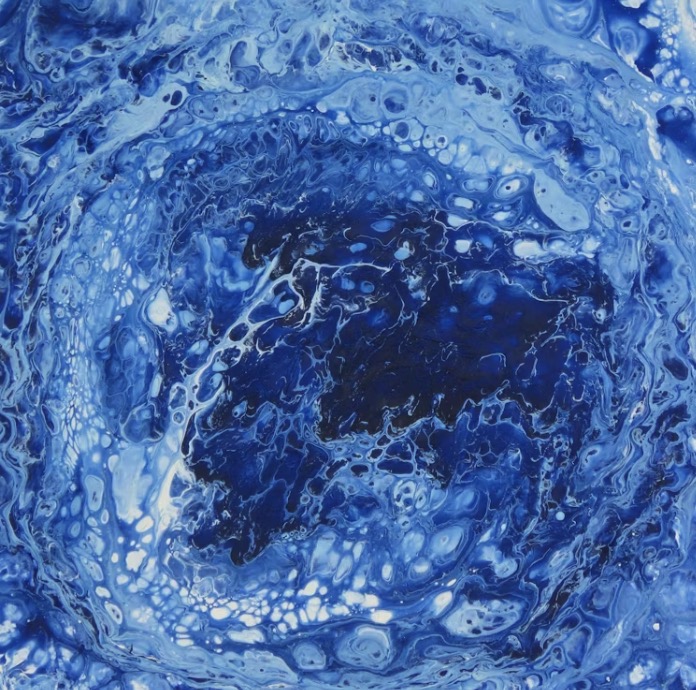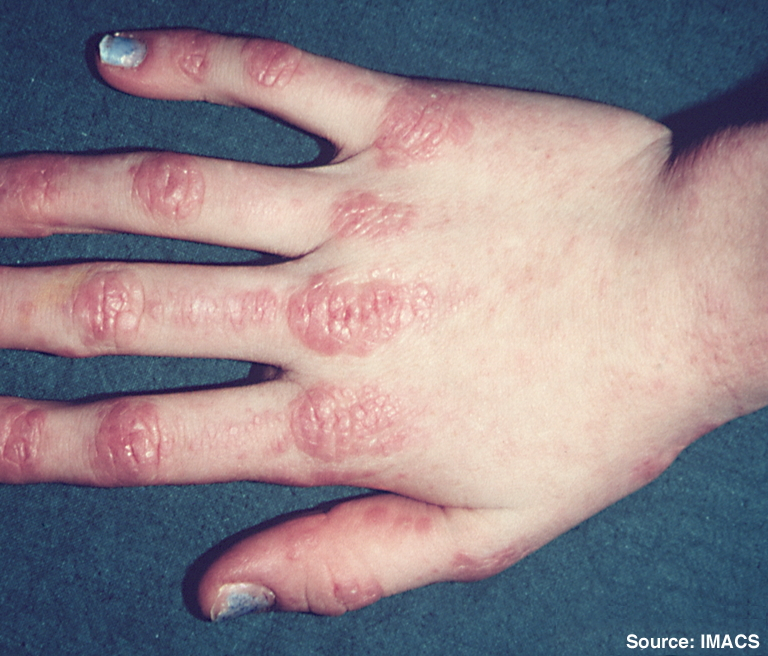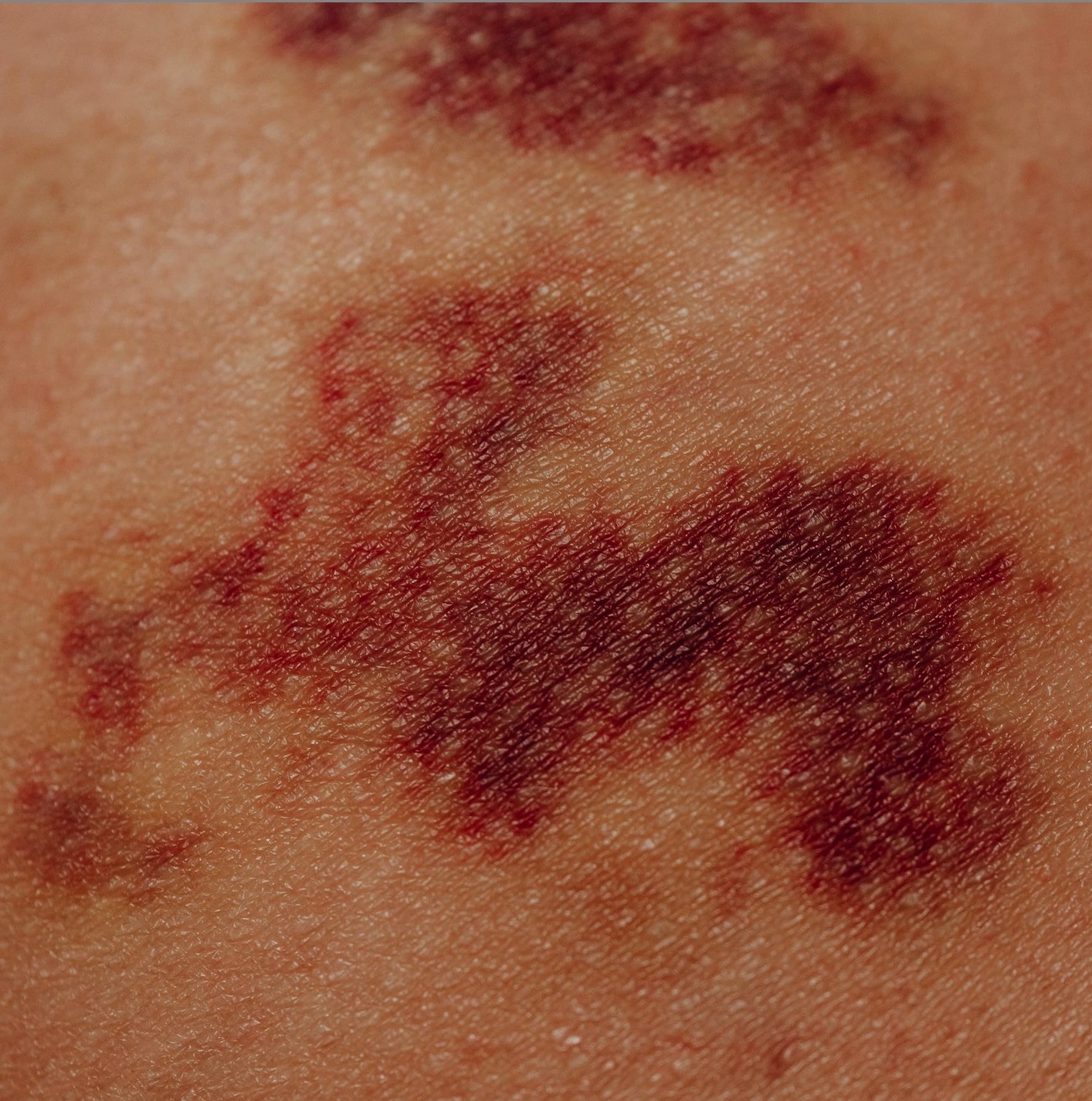Patients with anti-small ubiquitin-like modifier activating enzyme-positive dermatomyositis resembling antisynthetase syndrome with poor prognosis: a bicentric international retrospective study and literature review

All claims expressed in this article are solely those of the authors and do not necessarily represent those of their affiliated organizations, or those of the publisher, the editors and the reviewers. Any product that may be evaluated in this article or claim that may be made by its manufacturer is not guaranteed or endorsed by the publisher.
Authors
Objective. This study aimed to describe adult Brazilian and Japanese patients with anti-small ubiquitin-like modifier activating enzyme (SEA)-positive dermatomyositis (DM), as there are few studies in the literature. A literature review was also conducted.
Methods. This bicentric international retrospective study, conducted between 2012 and 2023, included patients with anti-SAE-positive DM (2017 European League Against Rheumatism/ American College of Rheumatology classification criteria). All demographic features and clinical, laboratory, therapeutic, and follow-up data were collected from Brazilian and Japanese centers using pre-standardized and parameterized information.
Results. We included 17 adult patients with a median age of 65 years (56-76 years) and a predominance of females (82.4%). Constitutional symptoms at baseline were present in 58.8% of the patients. In addition to classical cutaneous DM lesions, one-third of the patients had myalgia and significant muscle weakness, whereas half presented with dysphagia, interstitial lung disease, and joint manifestations. The first-line treatment consisted of intravenous methylprednisolone and immunoglobulin pulse therapy in 41.2% and 28.6% of the patients, respectively. The median follow-up duration was 20 (13-74) months; at the last medical evaluation, half had active disease and were still using oral glucocorticoids (median dosage, 10.0 mg/day). Approximately one-fifth to one-third of the patients were diagnosed with different types of cancer, had severe infections, or died.
Conclusions. Patients with anti-SAE-positive DM not only resemble the phenotype of antisynthetase syndrome but are also associated with a poor prognosis.
How to Cite

This work is licensed under a Creative Commons Attribution-NonCommercial 4.0 International License.
PAGEPress has chosen to apply the Creative Commons Attribution NonCommercial 4.0 International License (CC BY-NC 4.0) to all manuscripts to be published.












